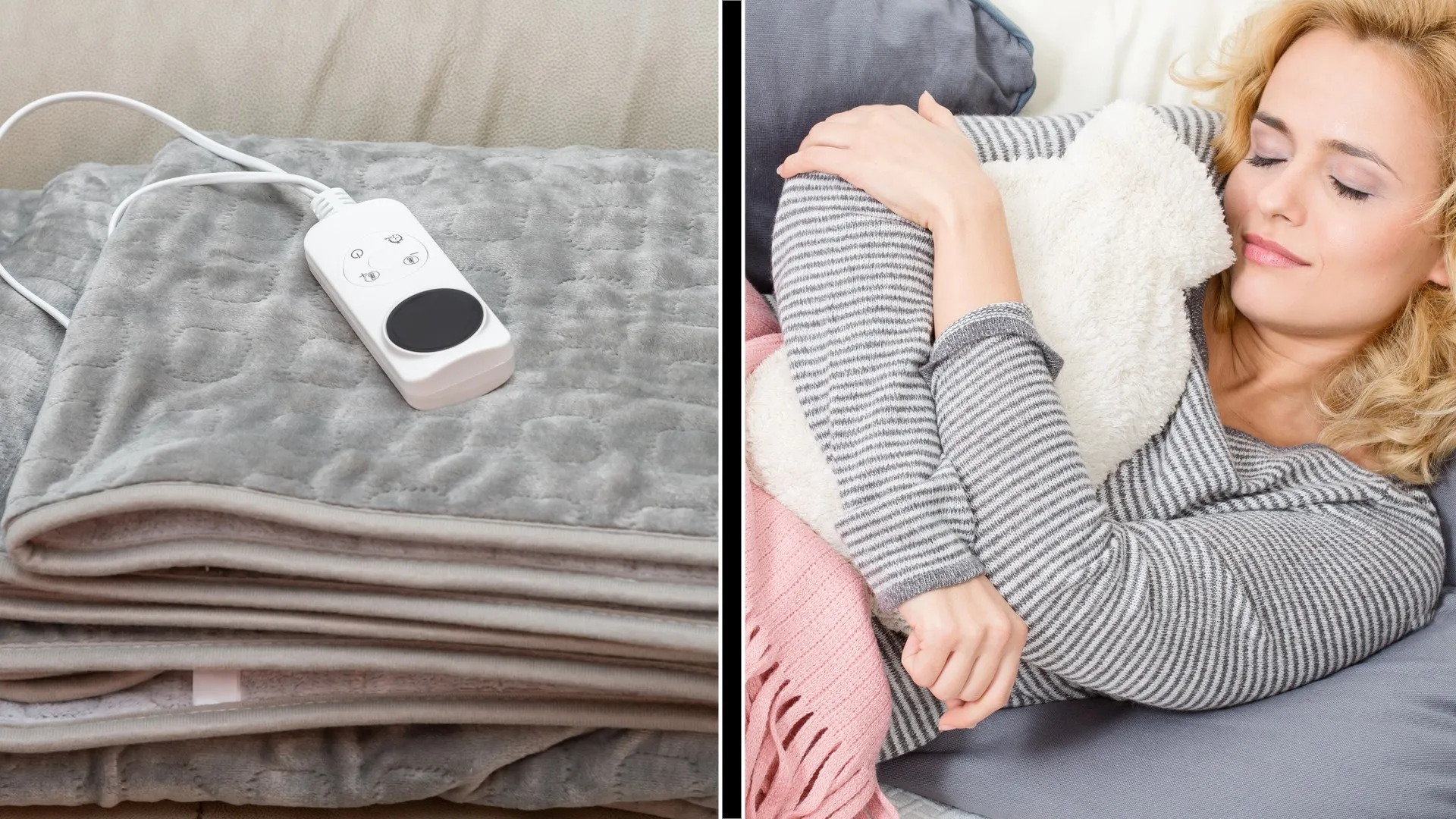These alternatives to central heating can save you a considerable sum of money, but which is the cheapest of the two?

(Image credit: Future)
Staying warm at home while keeping energy bills down will be a challenge for millions of households this winter. With many families still worried about how much their energy bills will cost and choosing to keep the heating off as much as possible, it’s no wonder that demand for both electric blankets and hot water bottles has reportedly risen in recent months. But which is cheapest to use – a hot water bottle or an electric blanket?
Thanks to the introduction of the energy bill freeze(opens in new tab), known as the Energy Price Guarantee, energy bills won’t rise as much as originally feared this winter. All households who pay for their energy will also receive a £400 energy rebate(opens in new tab) between October 2022 and March 2023. But despite this financial support, energy bills are still far higher than they were a year ago and many families will struggle to make ends meet.
Electric blanket versus hot water bottle – which is cheaper to use?
A hot water bottle is cheaper to use than an electric blanket, according to our calculations.
A typical 150W electric blanket costs about 5.1p an hour to run, based on the Energy Price Guarantee’s electricity unit price of 34p per kWh. If you were to use it for eight hours a day, this would cost you 40.8p. (You can see a full breakdown of how much it costs to run an electric blanket in our handy guide).
In comparison, to fill an average hot water bottle of two litres, you’ll need to boil a full kettle of water. When it comes to how much it costs to boil a kettle , you can expect to pay around 6.8p a time.
A hot water bottle should stay warm for around three hours, especially if it has a cover. If you were to fill your hot water bottle three times a day, that would cost you 20.4p a day, half of what it would cost you to run an electric blanket.
The table below shows the costs per day, month and year:


(Image credit: Future)
But which is more effective at keeping you warm – an electric blanket or hot water bottle?
Overall, electric blankets are likely to be more effective at keeping you warm as they can heat up a whole bed or cover your entire body and won’t cool down like a hot water bottle will.
It’s also important to take care if you are using these heat sources for children. Electric blankets should not be used for children under five, and if you are using them at night, your child must be fully toilet trained. As standard, most electric blankets now have built-in safety features to stop them from overheating, but check that it has the UK safety standard mark (the kite mark) before purchasing or using.
Hayley Thistleton(opens in new tab) from bedding manufacturers Sleepseeker(opens in new tab), says: “It is much safer to use layers of clothing and blankets to keep your child safely warm. However, if you must use an electric blanket to warm your child’s bed, ensure you’re only doing so to warm the bed before your child sleeps in the bed.”
Hot water bottles should not be given to children younger than four, and it is safest not to let young children have them in bed. Regularly check the hot water bottle for wear and tear and replace it every one to two years. The hot water bottle should always have a cover and the stopper should be secured tightly.
- Never use a hot water bottle with an electric blanket
- Electric blankets are only suitable for children aged 5 and up
- Hot water bottles are only suitable for children aged 4 and up
- Hot water bottles should only be filled two-thirds full
- Only use hot, rather than boiling, water in a hot water bottle.
Is it cheaper to turn up the heating or use an electric blanket?
It’s generally much cheaper to use an electric blanket than turn up the heating in your home.
Forbes Advisor’s Kevin Pratt told us: “Gas central heating can be a costly way to heat a whole house when you are only occupying one room, on average heating a house is currently £23.10 a week. Instead of heating the whole home, electric blankets can be used to heat one specific spot such as the sofa you’re sitting on in the evening, the bed you’re about to sleep in or your work-from-home station. Electric blankets are also great if you are in a single person occupancy and multiple rooms aren’t being used at once.”
How can you make a hot water bottle more effective?
There are a number of ways you can make your hot water bottle more effective. Ben Dhesi, founder of HUGO Energy App(opens in new tab) explains: “Wrap the bottle in a towel or blanket. This will help to keep the heat in for longer, and ensure it’s not too hot to touch.”
If using it at night, place the bottle near your feet or stomach. “This will help to heat up your body core and keep you warm all night long,” Ben adds.
Sleeping (or sitting) in a sleeping bag with a hot water bottle will also help your hot water bottle to stay warm for longer.











